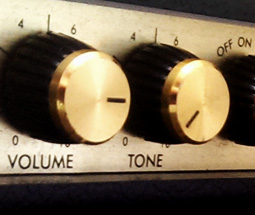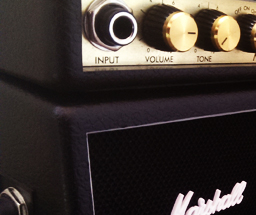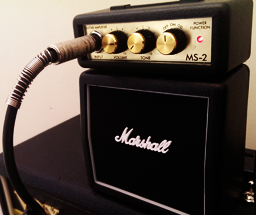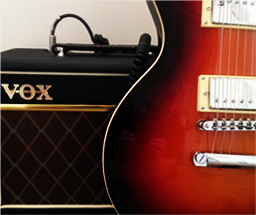Basic Guitar Amp Care And Maintenance

Here weíre going to give you a few tips on how to maintain and care for your guitar amplifier. This isnít an in depth technical guide by any means but it should help you get the most out of your gear. Looking after a guitar amp is relatively straightforward.
Obviously a tube amp will require a bit more maintenance than a solid state model. There are however a few very important doís and doníts when it comes to maintaining and caring for your amp. Some are obvious and some are not so obvious.
Extreme Temperatures Are Costly
Like all electronic equipment, an amplifier doesnít like things too hot or too cold. Sudden fluctuations in temperature can also cause big problems. You need to avoid sources of heat such as radiators and keep things well ventilated. Always allow your amp to warm up before use and cool down afterwards.
Keep It Dry
This might sound rather obvious but water and electrical equipment donít tend to mix well! If youíre playing outdoors, invest in an amplifier cover. Make sure you donít spill your beer all over it either! If the worst happens and your amp does get wet, you need to dry it out as quickly as possible and donít turn it on for a few days.
Just like water, dust can also cause all sorts of problems with electronic circuitry.
Handle With Care - (Isnít that a song title?)
Amps tend to get moved around a lot so the likelihood of it getting dropped is fairly high. Bouncing it around in the back of a dusty old van wonít do it much good either. Transport your amplifier with care and fasten it securely when it is in the back of a vehicle.
(The Travelling Wilburys by the way)
Donít Turn to 11
Not before you turn it on at least!
Seriously though, make sure your volume isnít turned up to the max when you turn the amp on, as you could damage it. You donít want a power surge to fry your components do you?
Avoid Dust
Just like water, dust can also cause all sorts of problems with electronic circuitry. Obviously some environments are worse than others but itís certainly a good idea to use dust covers when your amp isnít being used.
Replace Your Tubes

If you own a valve amp, youíll have to replace the tubes sooner or later. Preamp tubes can last many years but the power tubes will probably need replacing every 2 years or so due to the high voltages involved. Youíll usually be able to tell when the valves are on their way out as thereíll be all sorts of noises and noticeable changes in tone.
Note:
It isnít recommended to mess about in the back of an amplifier unless you really know what youíre doing. There are lots of high voltages present even when the amp is switched off. If in doubt, take it to a professional.
Firmware Updates
The advent of modelling amps introduces another important step into amplifier maintenance. If you own this type of amplifier, youíll need to ensure that you keep the firmware up to date. Basically, you need to keep an eye out for any important updates that are available from the manufacturer, just as you would with your smartphone or PC.
In Brief
By way of a recap, if you want to ensure the longevity of your guitar amp, ensure you follow the tips below.
- Avoid extremes of temperature and keep well ventilated
- Keep your amp dry and avoid spillages
- Handle carefully and transport securely
- Keep the volume low when you turn on the amp
- Use a dust cover when the amp isnít in use
- Replace the tubes in your valve amp as necessary
- Keep the firmware on your modelling amp updated
Fundamentally, if you look after your amp, it should give you many years of trouble free use.



